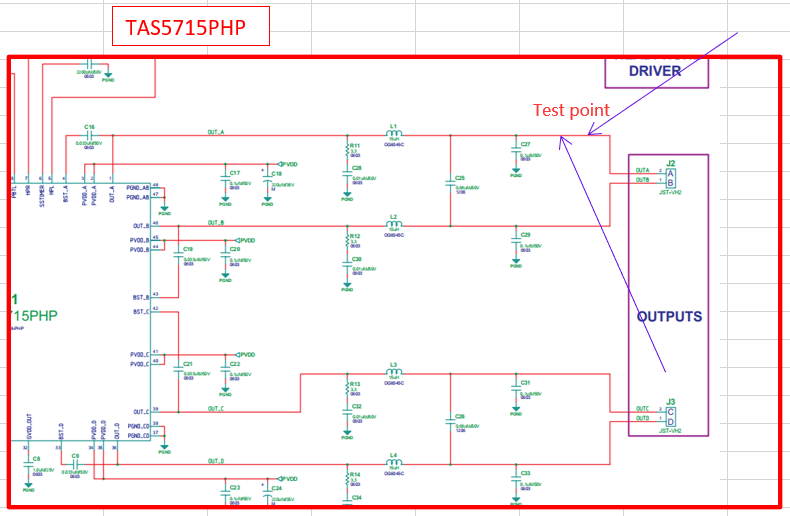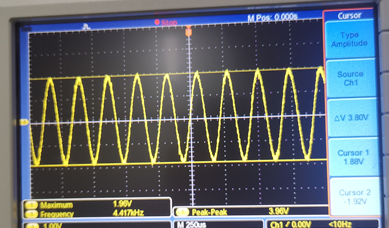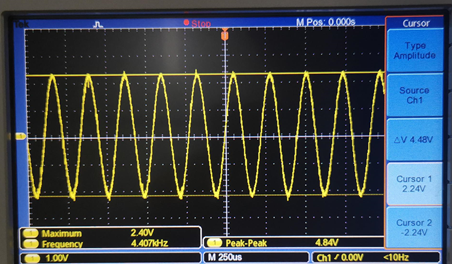Dear TI team,
Thanks for taking time to read my post.
We designed a speaker with TAS5715 PHPR chip and followed the guidance of user manual.
But we find the output level of each board are different, some higher and some lower than it should be.
Would you please help me find out the possibilities may cause the differences?
The output sample rate we're using is 384KHz
And there are two pictures for reference, which is the test result from different board.
The test condition is 4.4K sine wave
Any questions, please feel free to let me know.
Result one, lower than it should be:
Result Two, it's normal:
Best regards,
Joanna





